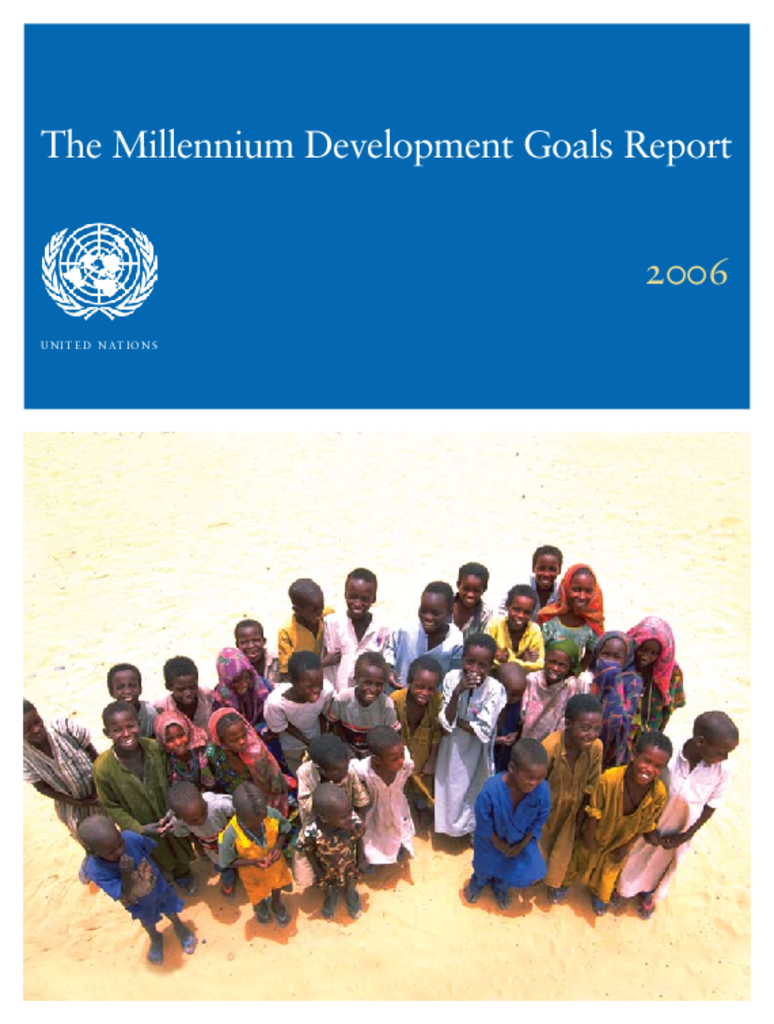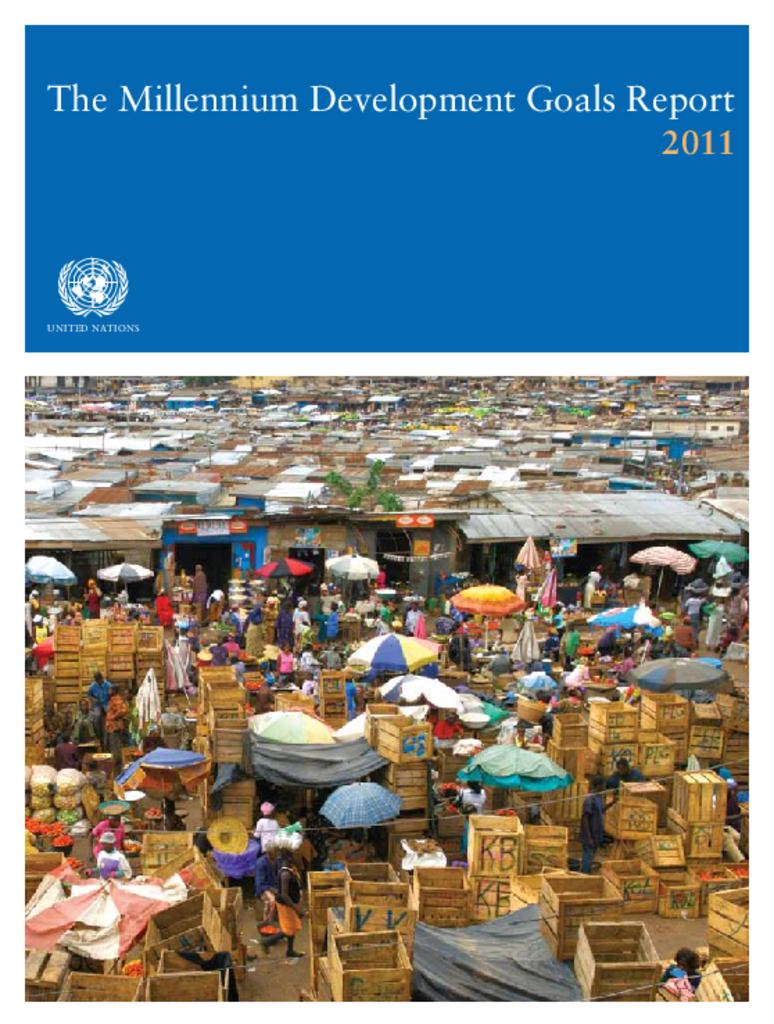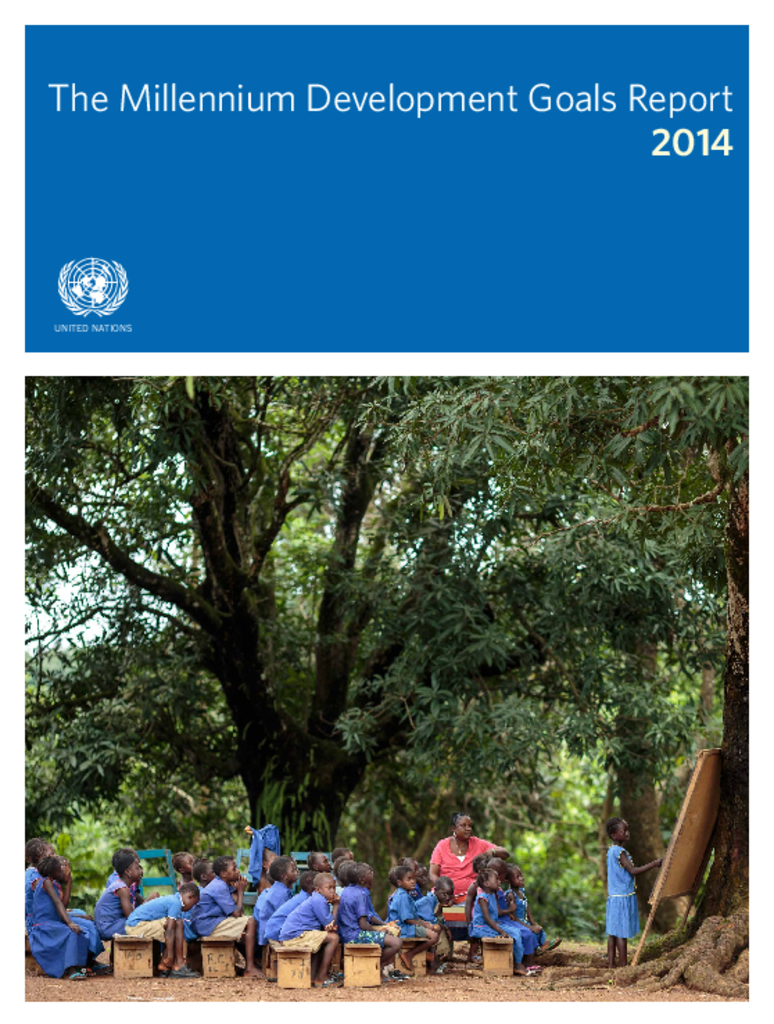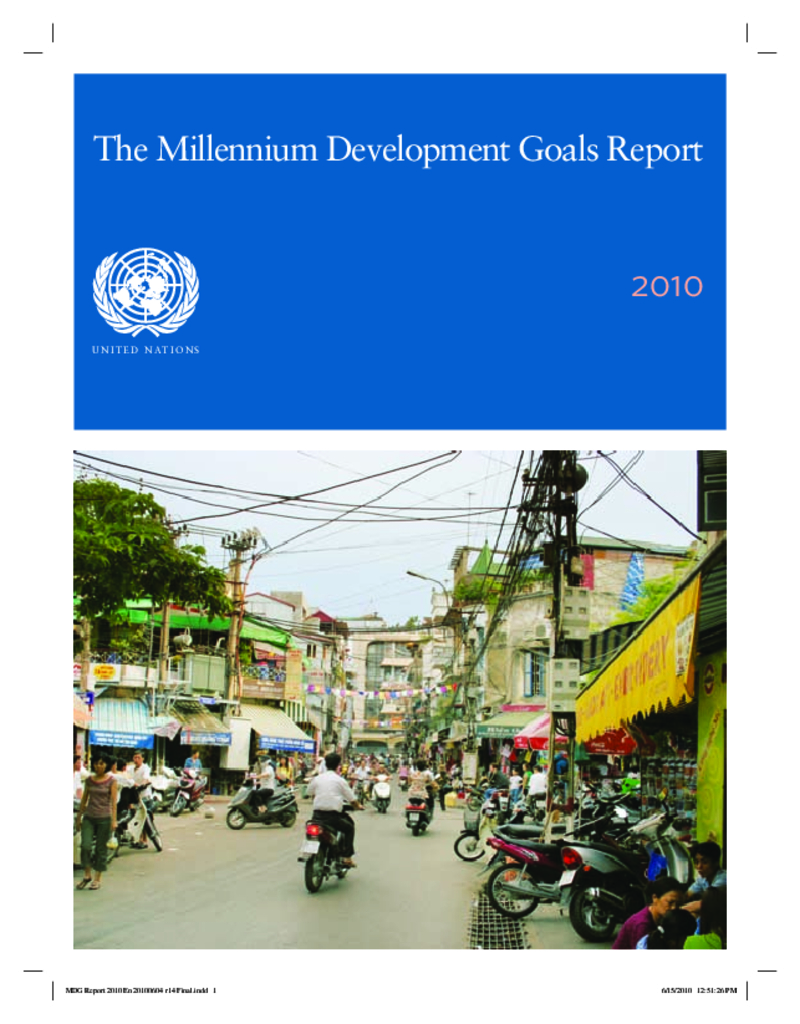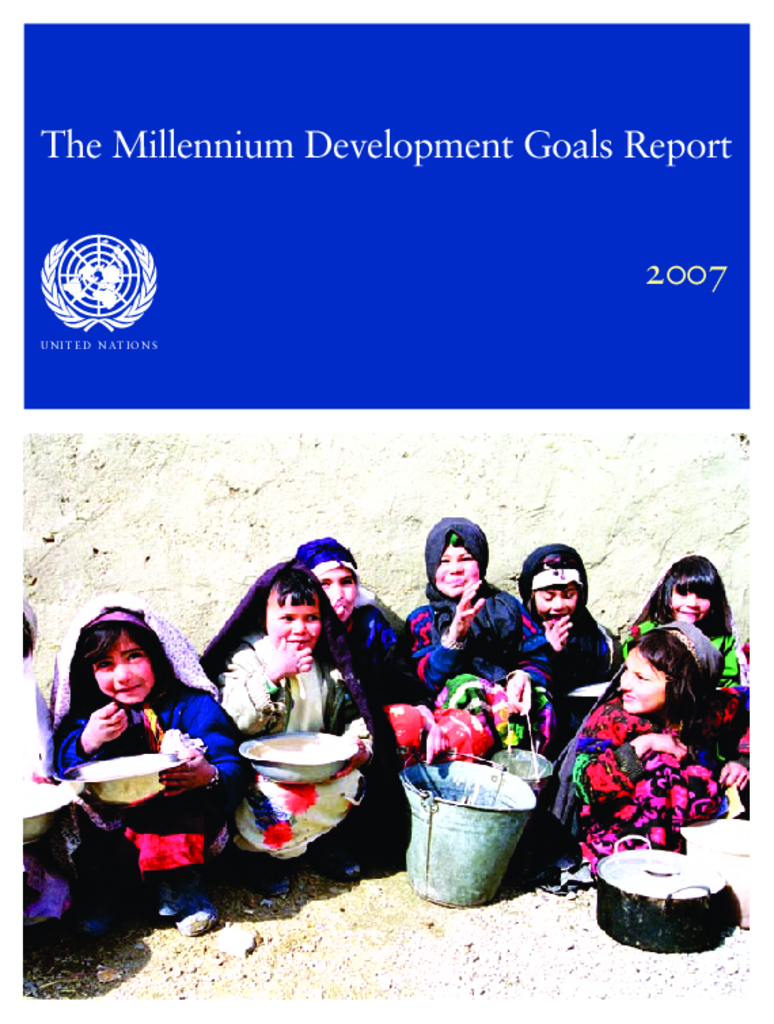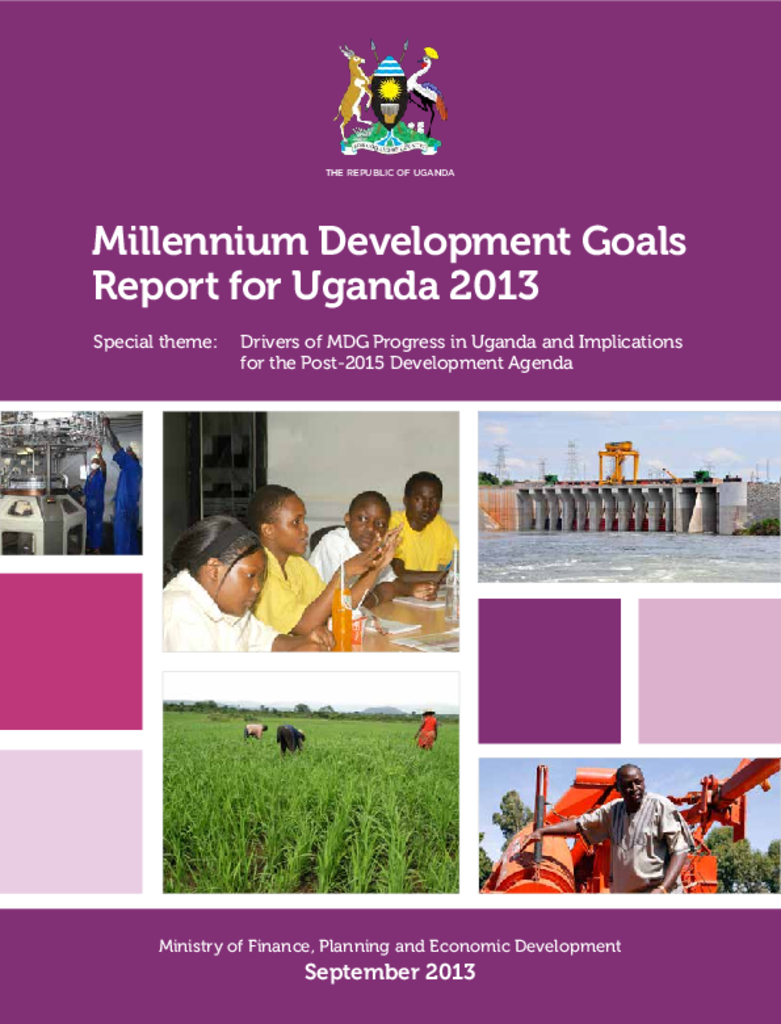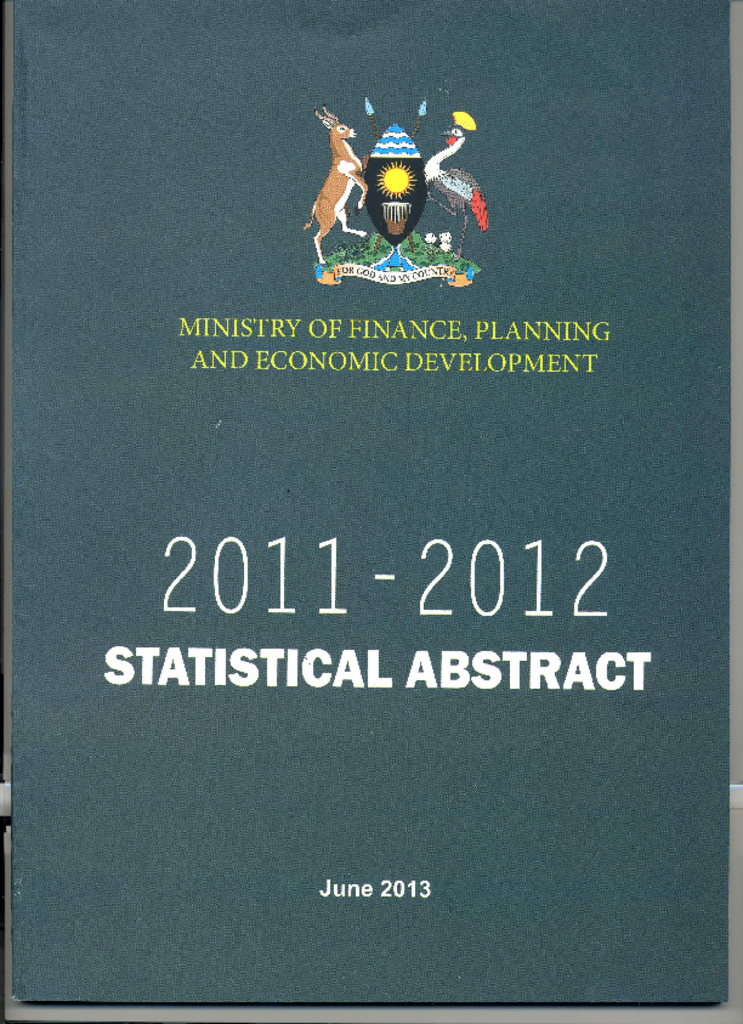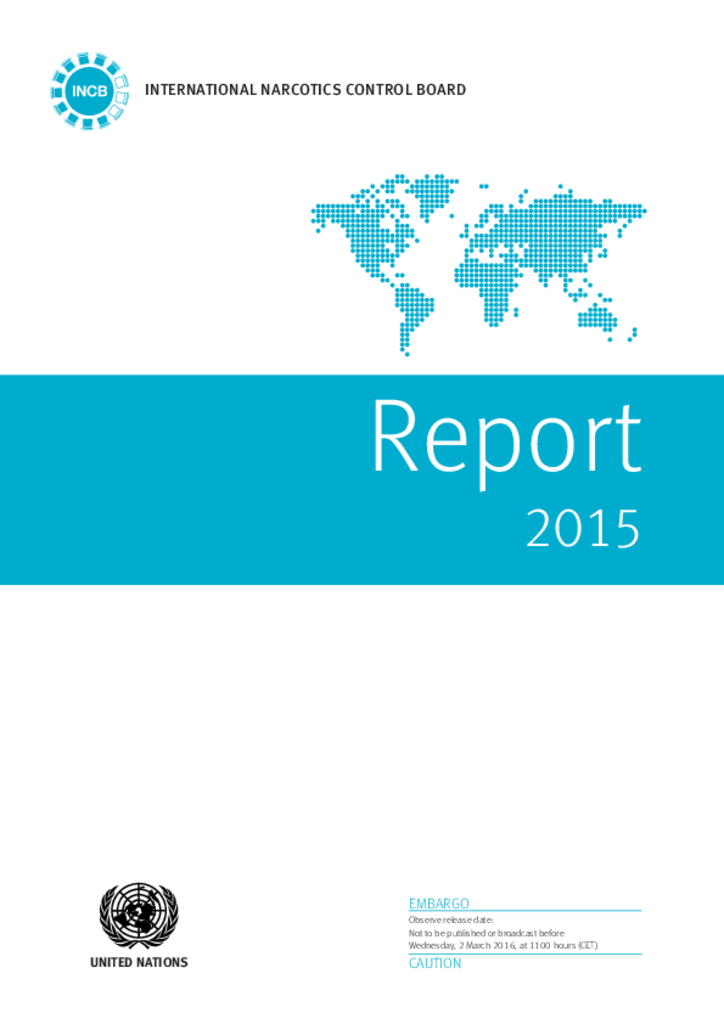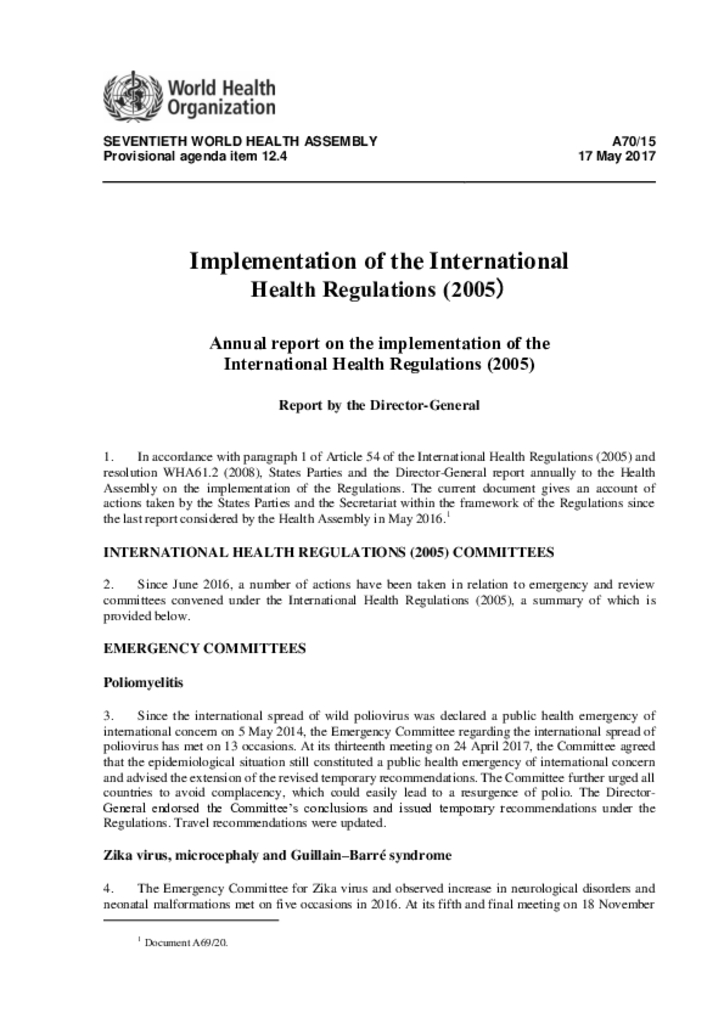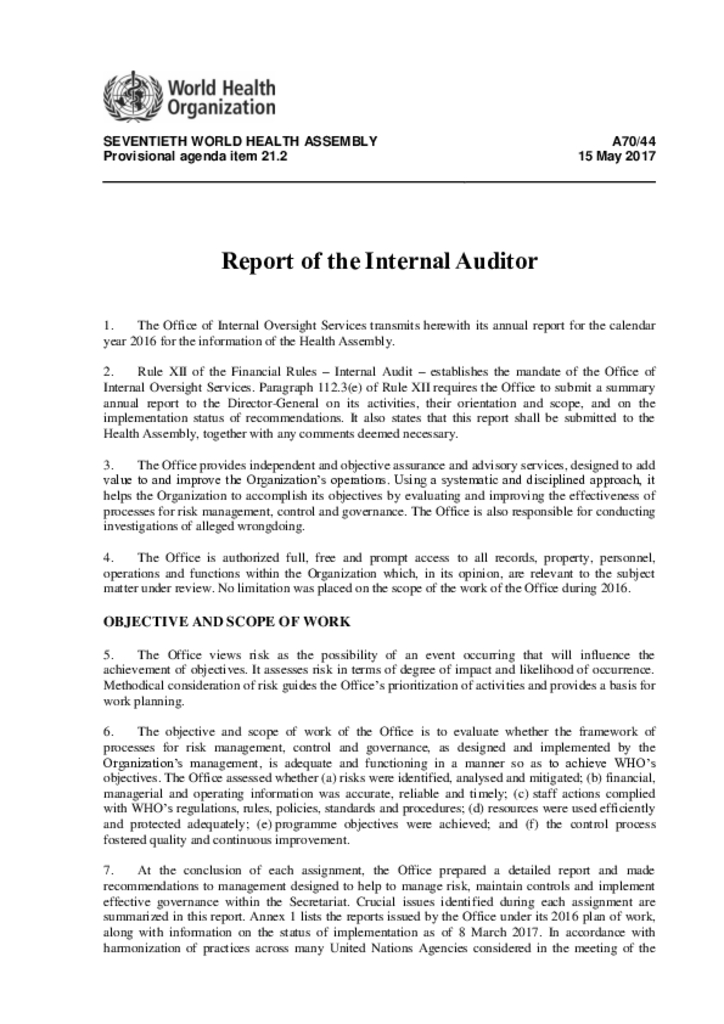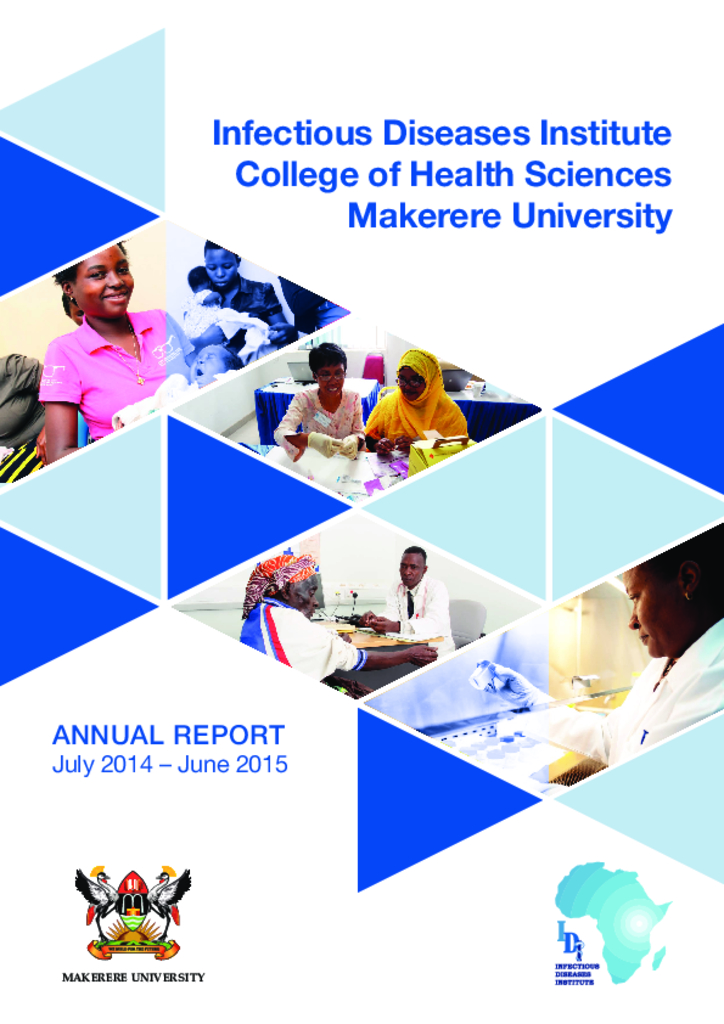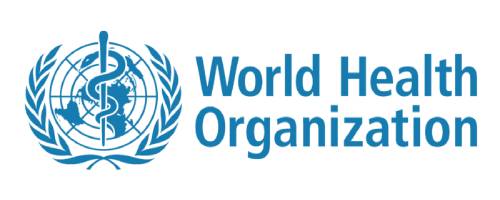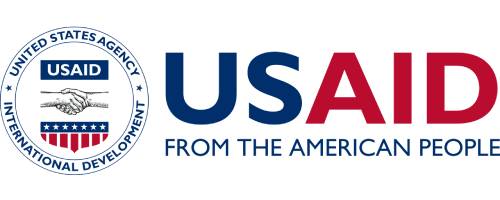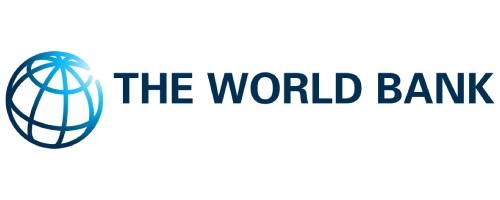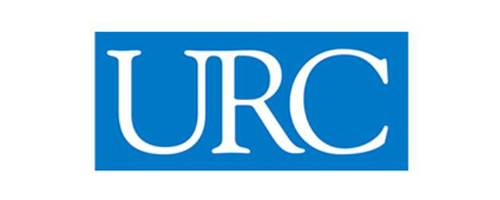This report shows where we stand in 2006 in achieving these goals. The challenges the Goals represent are staggering. But there are clear signs of hope. The data on the following pages and other evidence suggest that providing every child with a primary school education is within our grasp.
This report is about the strategies that have been made to ensure that the MDGs have been attained by the year 2015.
This year’s report looks at the areas where action is needed most. For example, one in eight people worldwide remain hungry. Too many women die in childbirth when we have the means to save them. More than 2.5 billion people lack improved sanitation facilities, of which one billion continue to practice open defecation, a major health and environmental hazard.
This report examines the latest progress towards achieving the MDGs. It reaffirms that the MDGs have made a profound difference in people’s lives.
Global poverty has been halved five years ahead of the 2015 timeframe.
This report shows how much progress has been made. Perhaps most important, it shows that the Goals are achievable when nationally owned development strategies, policies and programmes are supported by international development partners.
This report presents the most comprehensive global assessment of progress to date, based on a set of data prepared by a large number of international organizations within and outside the United Nations system.
This fourth MDG progress report for Uganda provides an overview of where Uganda stands in terms of progress towards attaining the MDGs, with emphasis on developments since the publication of the last progress report in 2010.
The second edition - 2011-12 provides information for the period 2004/05 – 2011/12 for the Central Government and Social Security schemes and 2004/05 – 2010/11 for Extra-Budgetary institutions and Local Governments. This particular edition includes data on Public Corporations and provides a wider coverage for Extra-Budgetary institutions.
The present report of the Board for 2015 contains a thematic chapter on the health and welfare ofmankind and the international drug control system. It shows that concern for health and welfare is at the core of the international drug control system. INCB emphasizes that the system in place,when fully implemented, contributes to protecting the health and welfare of people worldwide andensures balanced national approaches that take into account local socioeconomic and sociocultural conditions.
The Regulations have provided a global framework that has contributed significantly to an increase in information sharing, risk assessment and coordination of response in relation to international public health risks and emergencies. These communications have been carried out through the unique global network of National IHR Focal Points, accessible at all times by WHO IHR Contact Points in all six regional offices.
The Office views risk as the possibility of an event occurring that will influence the achievement of objectives. It assesses risk in terms of degree of impact and likelihood of occurrence. Methodical consideration of risk guides the Office’s prioritization of activities and provides a basis for work planning.
IDI continues to develop its range of programmes (Research; Training; Prevention, Care and Treatment;Laboratory; and Systems Strengthening) backed by solid support departments (Finance & HR;Grants Management; and IT). Through these programmes, IDI (as at June 2015) was providingcare and treatment services to over 110,000 people living with HIV in urban and rural settings inUganda (directly through the IDI clinic, and in partnership with government and non-government health facilities).
